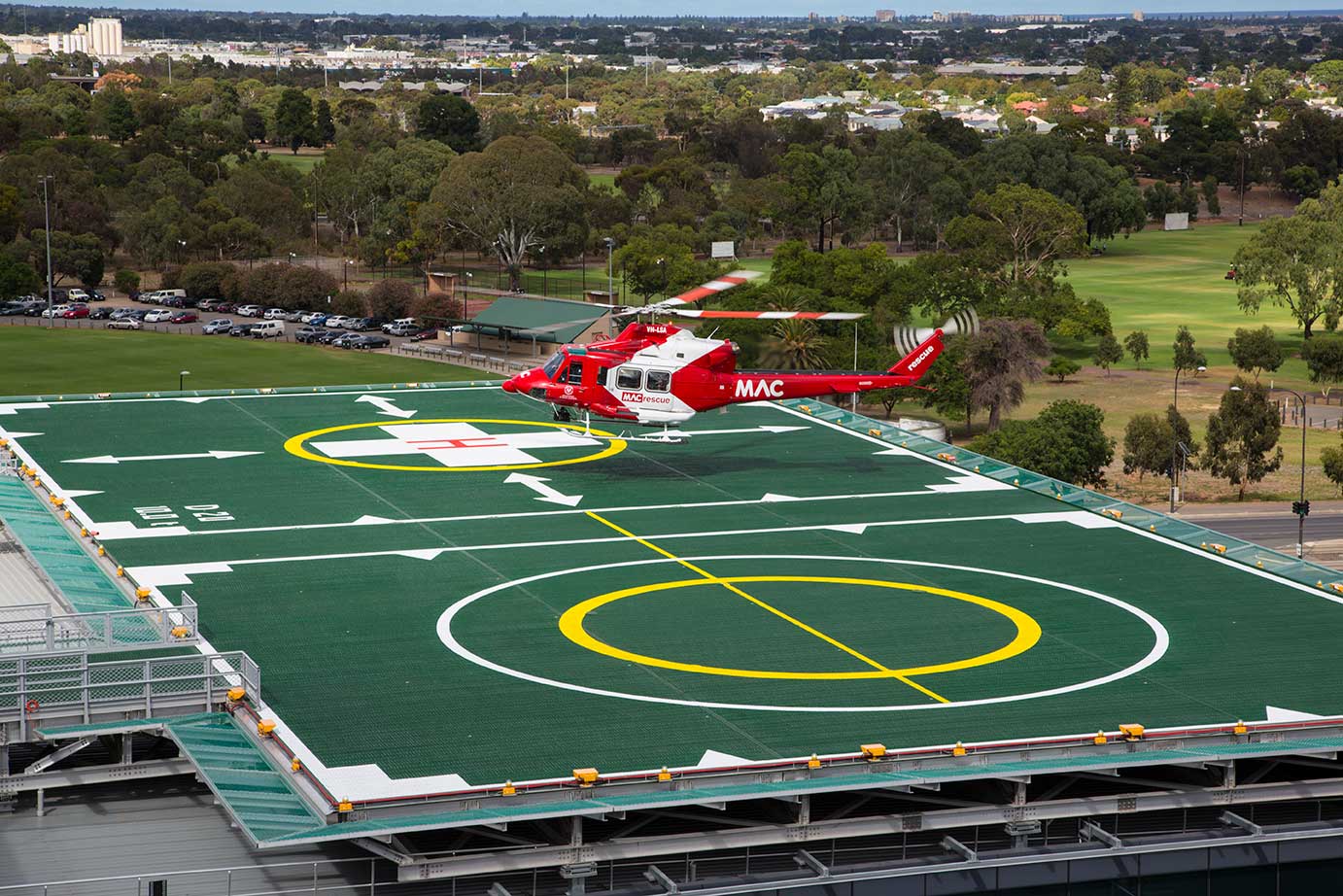Determination of Helipad Size – ICAO Criteria
Helipad size determination in accordance with the current ICAO SARPs is based on a number of factors, notably the helicopter greatest overall dimension (D) and the Performance Classification of the helicopter operations.
For conventional helicopters with a single main rotor, D is the overall length with the main and tail rotors turning. The ICAO SARPs assume that for elevated heliports, the FATO and TLOF are coincidental.
The following discussion refers to elevated heliports which are the principal application of the XE range of helidecks.
The size of a FATO intended to be used by helicopters operated in Performance Class 1 shall be as prescribed in the helicopter flight manual (HFM) except that, in the absence of width specifications, the width shall be not less than 1 D of the largest helicopter the FATO is intended to serve.
The size of a FATO intended to be used by helicopters operated in Performance Class 2 or 3 shall be of sufficient size and shape to contain an area within which can be drawn a circle of diameter not less than 1 D of the largest helicopter when the MTOM of helicopters the FATO is intended to serve is more than 3 175 kg or 0.83 D of the largest helicopter when the MTOM of helicopters the FATO is intended to serve is 3 175 kg or less (with a recommendation that 1 D is applied for the smaller helicopters)
The FATO is surrounded by a safety area which extends beyond the FATO by nominated distance criteria including having a minimum external dimension of 2D. A notable change introduced in the third edition of Annex 14 is that the safety area need not be solid.
As an example of the application of the criteria for a Sikorsky S76 operating in Performance Class 2, the FATO needs to be of sufficient size to accommodate a circle of 16.00m, the S76 D value. The S76 PC2 FATO would be surrounded by a safety area with an external dimension of 32metres, (2D).
The Bell 412EP has a D value of 1`7.1 metres and a minimum FATO size of 22.9m by 26.5m as prescribed in the flight manual for operations in Performance Class 1 from an elevated helipad with restricted adjacent drop down height. That FATO would be surrounded by a (non-solid) safety area the minimum external dimensions of which would be 34.2 meters (2D) by 35.05m (26.5m + 0.5D).



